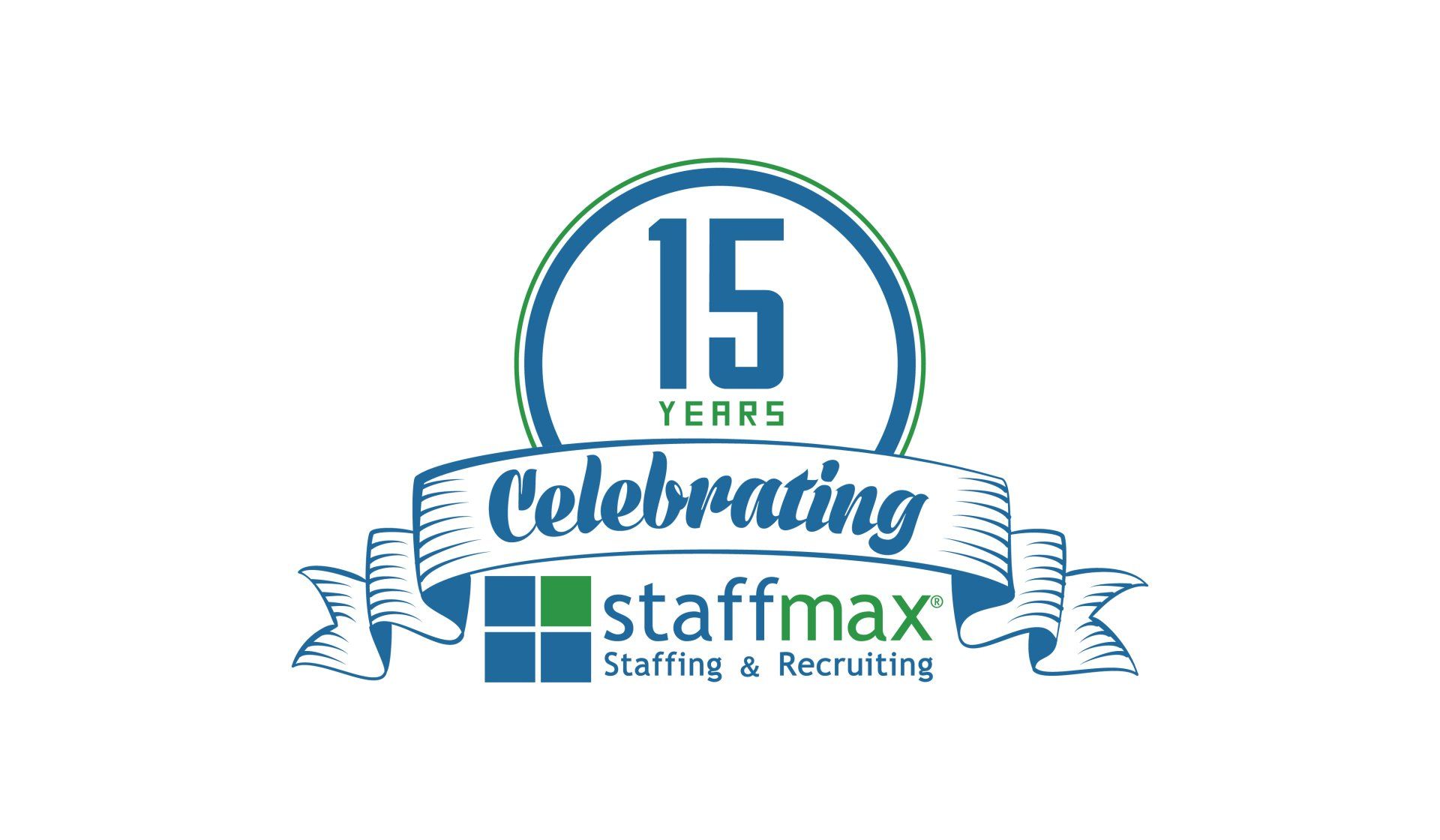Unconscious bias isn’t something a business can eradicate overnight by passing a mandate
By the Expert Panel for Forbes Coaches Council

Even after outlining the steps that should be taken to improve the hiring process and uncover more diverse talent, implicit bias on the part of recruiters, human resources professionals and managers may derail those efforts, preventing the company from finding the best and brightest.
Below, 11 members of Forbes Coaches Council explore methods a company can use to identify and reduce the impact of the biases that people within the organization may hold, improve hiring practices and enjoy the many documented benefits of a more diverse workforce.
1. Define Diversity And Set Goals
Set business goals so that everyone knows that removing unconscious bias and building diversity is key to the bottom line. Then, define what diversity means in your company. What ethnicities, ages, genders and sexual preference groups are underrepresented? Next, set metrics to achieve at each step in your candidate pipeline: applicant funnels, interview conversion rates and acceptances. Communicate successes. - Loren Margolis, Training & Leadership Success LLC
2. Admit That Implicit Bias Exists
Start by admitting that there is implicit bias. You have to name it to tame it. Even with artificial intelligence, we are feeding datasets to allow it to learn. We need to not only look at qualifications, but also at what diversity is and how an outsider’s perspective can be an advantage. Instead of pretending to not notice differences, ask, “What will someone who is diverse, and in what way, add to our organization?” - Natalie McVeigh, EisnerAmper
3. Create A Foundation Of Trust
Creating a foundation of trust, commitment, accountability and collaboration is critical in supporting a company’s diversity, equity and inclusion strategy. Offering productive conflict development programs for learning how to better communicate creates unity that is in alignment with vision and values, opens up opportunities for professional growth and strengthens organizational culture and vitality. - Lori Harris, Harris Whitesell Consulting
4. Make Hiring A Collective Effort
Bias could exist in the design of the hiring process itself. Most processes are designed from one perspective (e.g., level, function, identity). In designing the process, make sure that it is a collective effort, with input from differing perspectives and identities. Then, each stage, from job posting and outreach to onboarding, would have a “culture check,” a “bias check” and a “diversity, equity and inclusion check.” - Samara Hakim, CulturGrit
5. Have A Cross-Functional Interview Team
Having a cross-functional interview team is a great way to reduce bias in the hiring process. Another good practice is to have a session with the interview team to brainstorm what to look for and what to watch out for, including potential biases. A best practice is to establish a plan to discuss the candidate in a concerted debrief meeting so that, if biases surface, they can be vetted by the other interviewers. - Kimberly Janson, Janson Associates, LLC
6. Appreciate Diversity In Management
Hire more diverse managers and show appreciation for them. By definition, those with unconscious biases don’t realize they have them. So the best approach is to focus on creating an environment where true diversity at all levels is appreciated. - Donald Hatter, Donald Hatter Inc.
7. Use A Structured Interview
Develop the interview while developing the job description, creating questions to discern candidates’ knowledge, skills and abilities relative to the job. Be disciplined about asking all applicants the same questions, which allows hiring decision makers to base decisions on informed comparisons about applicants’ capabilities rather than their first impressions. - Lisa Coleman, Lisa Coleman Advisory Services, LLC
8. Look Into How Culture Perpetuates Bias
The organizational culture and its contribution to perpetuating biases—such as collective yet subtle assumptions that men are not the primary caregivers, or that nationality or race is a reflection of leadership style—are often ignored. One way to remove unconscious bias is to set company values at the top and exhibit the culture of inclusivity consciously and consistently. - Devika Das, CORE Executive Presence
9. Check Yourself With Project Implicit
Project Implicit is an excellent resource from Harvard. I first encountered it in 2000, and it was quite surprising to see my implicit bias toward men in positions of power. With that awareness, I began to challenge my automatic thoughts. Noticing the impact my biases had on my decisions was illuminating. I still check myself with Project Implicit several times a year to stay consciously aware. - Lyssa deHart, Lyssa deHart, LLC
10. Analyze Each Step Of The Hiring Process
Unconscious biases don’t just happen at the interview stage. Your hiring process is a series of steps, not a single act. Analyze each step and gather data. That will allow you to determine where the problem lies (e.g., advertising for candidates, a small talent pool, the application process, interviews). Once you identify the steps that have inherent, built-in biases, you can resolve them. - Yamini Virani, Celebrus Business Strategies
11. Focus On The Job’s Behavioral Needs
Focus on the behavioral needs of the job role instead of skills and experience. Skills and experience are poor predictors of candidate success; in fact, skills are the easiest to train for. Instead, organizations should focus on assessing people against a behavioral target, followed by a structured behavioral interview designed to uncover alignment with culture and values. - Brad Cousins, Ingage Human Capital Strategies













